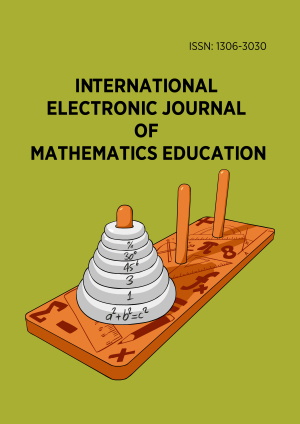Abstract
The advancement of technology like artificial intelligence (AI) provides a chance to help teachers and students solve and improve teaching and learning performances. The goal of this review is to add to the conversation by offering a complete overview of AI in mathematics teaching and learning for students at all levels of education. A systematic literature review (SLR) was conducted using established and robust guidelines. We follow the preferred reporting items for systematic reviews and meta-analyses (PRISMA). We searched ScienceDirect, Scopus, Springer Link, ProQuest, and EBSCO Host for 20 AI studies published between 2017 and 2021. The findings of the SLR indicate that AI approach used in mathematics education for the samples studied were through robotics, systems, tools, teachable agent, autonomous agent, and a comprehensive approach. Then, it can be shown that the majority of the collected studies were carried out in the USA and Mexico. The analysis revealed that most of the reviewed studies used quantitative research methods. The types of themes for AI in mathematics education were categorized into advantages and disadvantages, conceptual understanding, factors, role, idea suggestion, strategies and effectiveness.
License
This is an open access article distributed under the Creative Commons Attribution License which permits unrestricted use, distribution, and reproduction in any medium, provided the original work is properly cited.
Article Type: Review Article
INT ELECT J MATH ED, Volume 17, Issue 3, August 2022, Article No: em0694
https://doi.org/10.29333/iejme/12132
Publication date: 01 Jun 2022
Article Views: 26815
Article Downloads: 39616
Open Access Disclosures References How to cite this article
 Full Text (PDF)
Full Text (PDF)